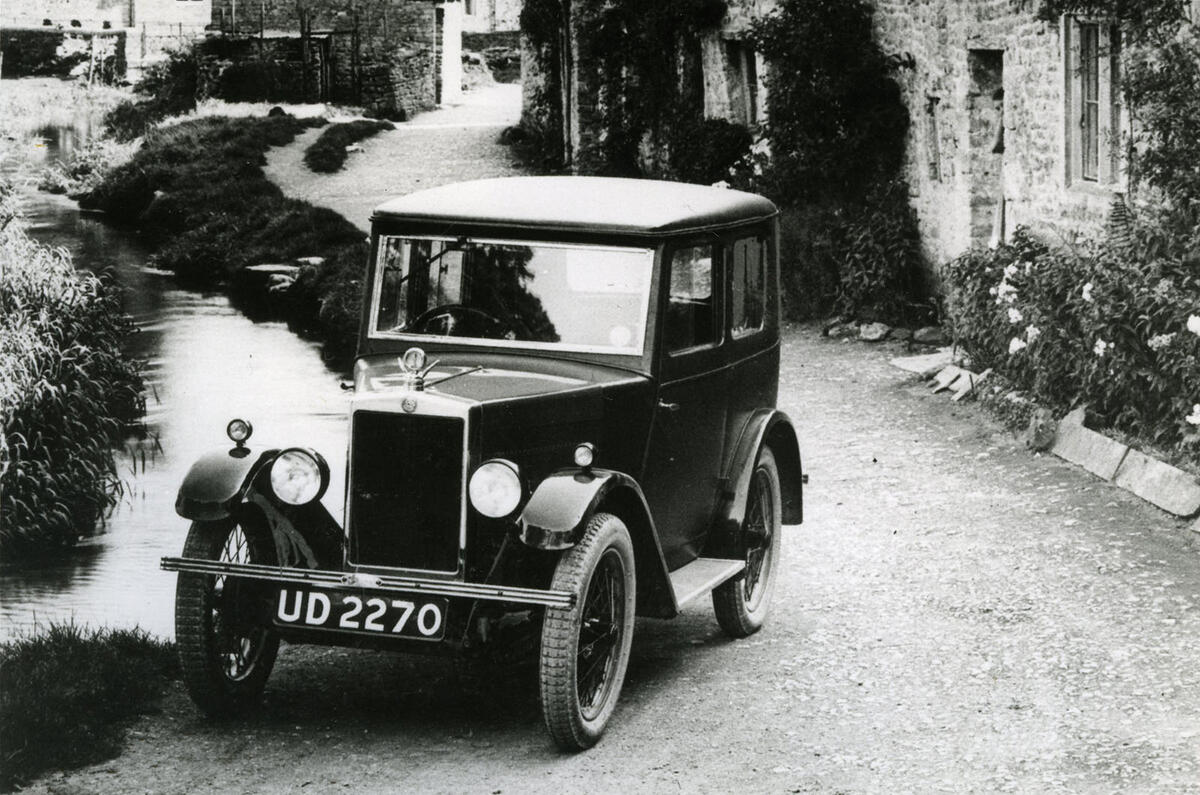The 1920s were dominated by in-line four-cylinder engines, from the compact Wolseley-derived 847cc unit in the Morris Minor (pictured above) to the 4398cc Bentley, the largest engine on the market at the time.
However, the end of 1928 marked a notable shift towards a higher number of cylinders, with Autocar going so far as to write: “It is probable that in very few other years has there been quite so much upheaval. The four-cylinder engine is decreasing in popularity for cars exceeding a certain price and over a certain engine capacity.”
The increasing demand for powerplants with six or in some cases even eight cylinders was more than just a fad. Autocar reported: “The four-cylinder, when it came in many years ago, was almost universally adopted because it was more flexible and smoother than the single or two-cylinder engines which up to that time had been the limit of daring in design.
“Now, the four-cylinder is being superseded by the six simply because for an engine of a given size, six small impulses in a given time afford a smoother propulsive effort than four, and approach nearer to the ideal in which the engine would develop a continuous effort the whole time the crankshaft is revolving.
“The same is true of the straight eight, and still more so of the twelve-cylinder engine; the greater the number of cylinders, the more the explosions of individual cylinders overlap and the less it is apparent that the power unit is an explosive motor.”
Fuel economy was also an important factor. “A small six-cylinder engine can be used in place of a much larger four-cylinder without reducing, to any appreciable degree, the range of performance obtainable from the car. This, in turn, means a lower top gear; though it lessens the maximum speed possible with the car in question, it greatly increases the possible range without the need for a gear change.”
At the time, hillclimbing was regarded as a great test of a car’s abilities. Autocar reported: “A car climbs hills better on a given gear ratio with a six, eight or twelve-cylinder engine than it does with a two-cylinder or a four, and climbing hills without changing gear is a most important point in the average man’s view, provided that the act of changing speed needs any skill.”
Looking beyond 1929, Autocar was minded to make a bold prediction: “Without doubt, cars will have still more cylinders in the future and it may be that a 1.5-litre machine will be built having a power unit with 16 tiny cylinders giving, for all practical purposes, a continuous turning movement to the crankshaft or crankshafts.”





Join the debate
Add your comment
Did it have any cheat software?
Why Sep 28 1928? What
1.5L V16